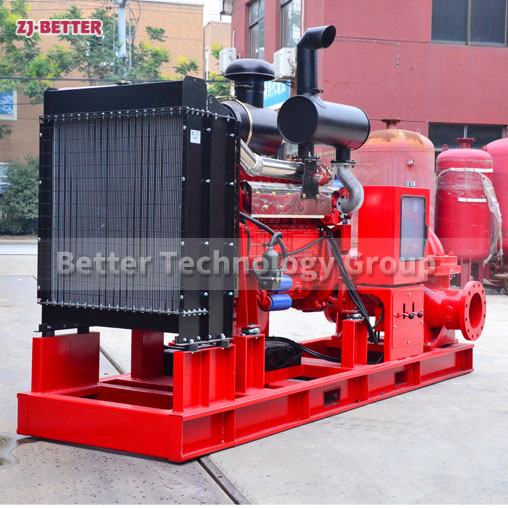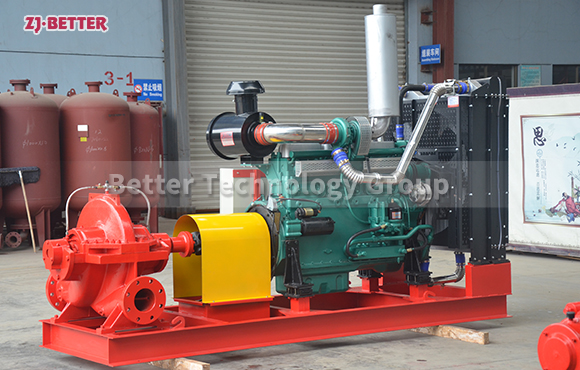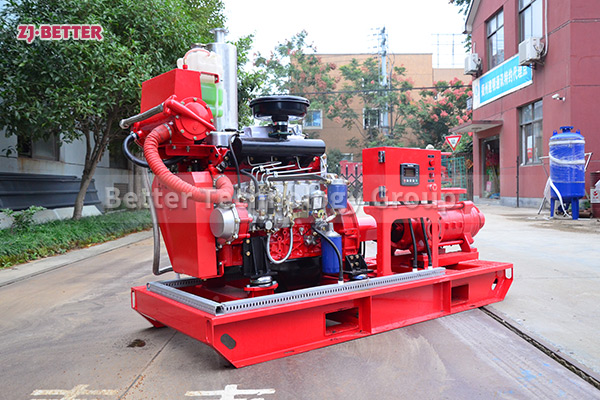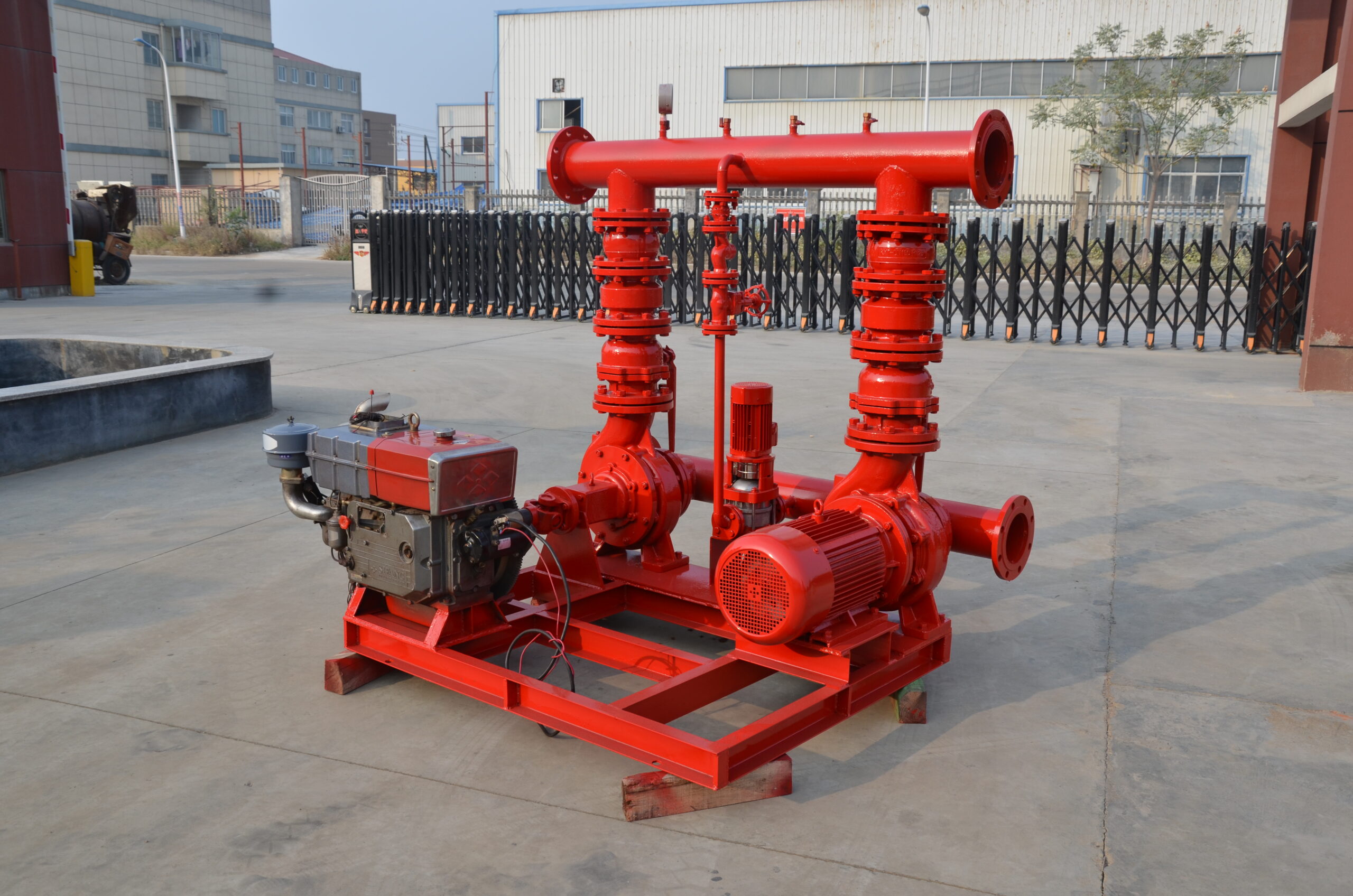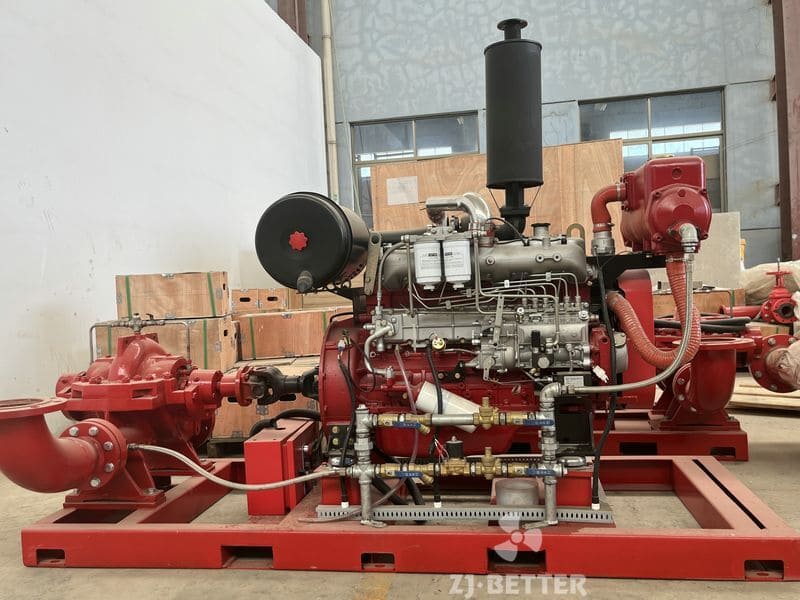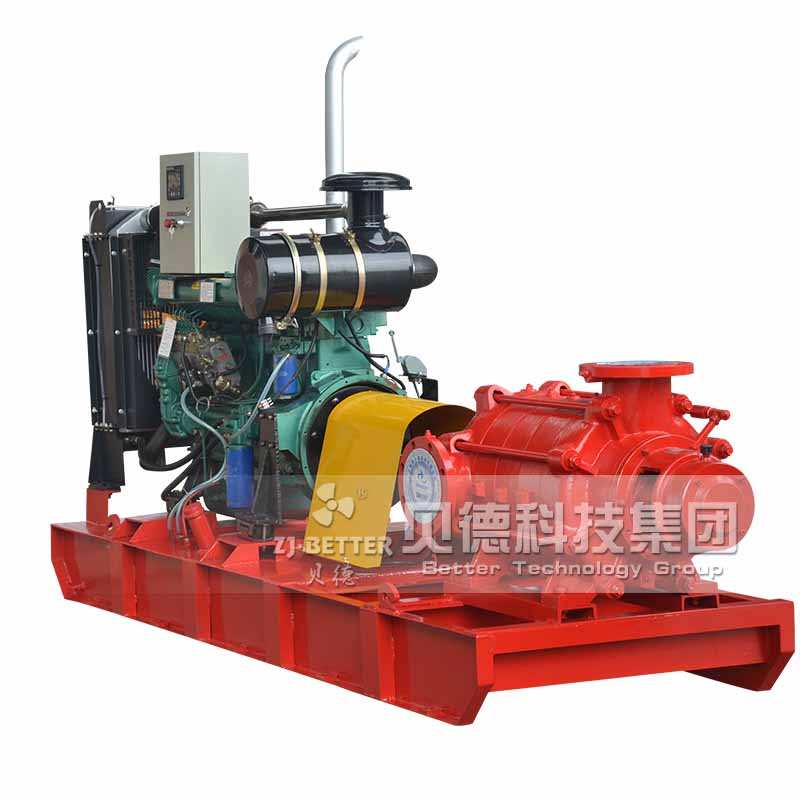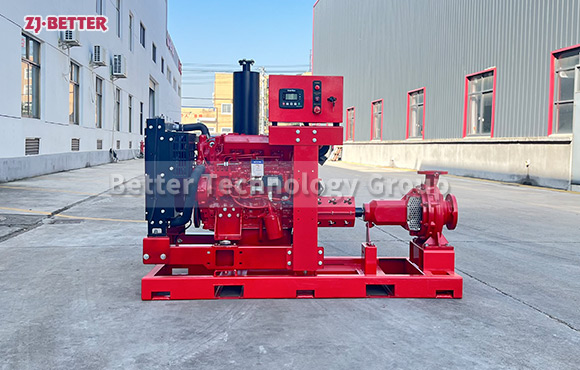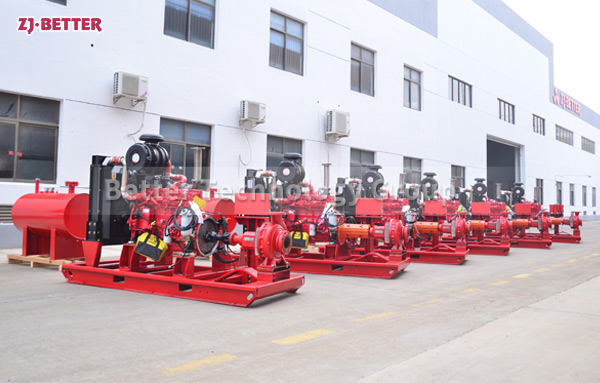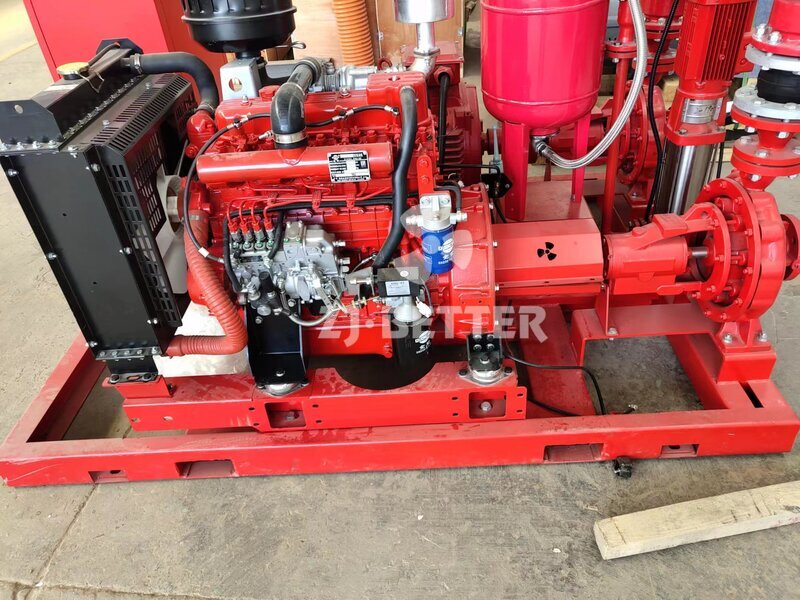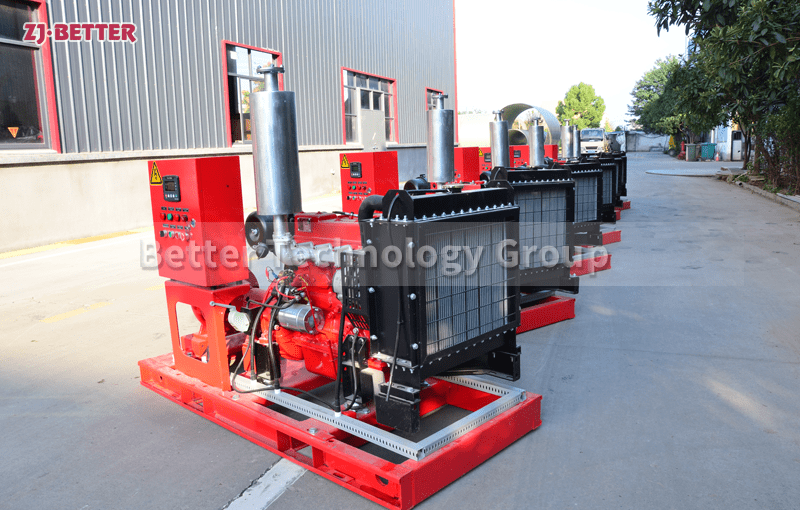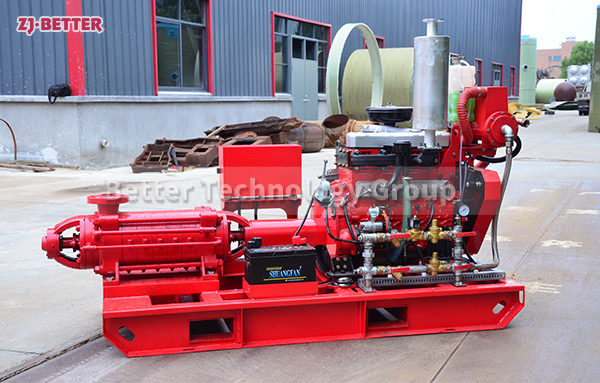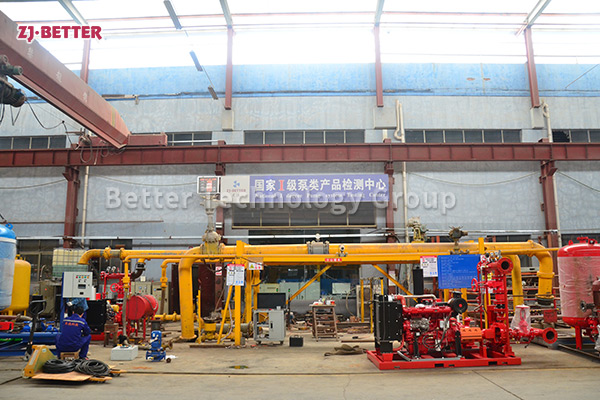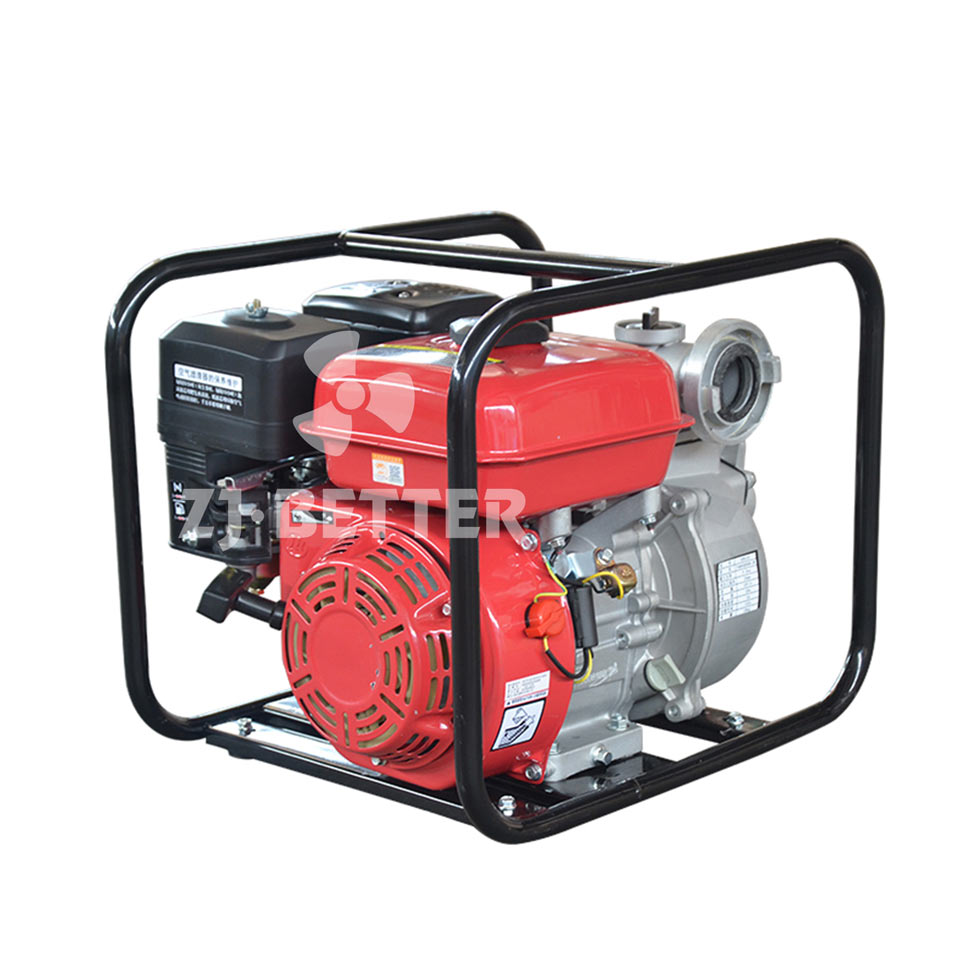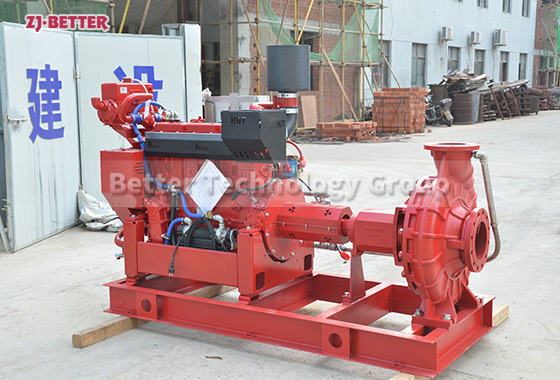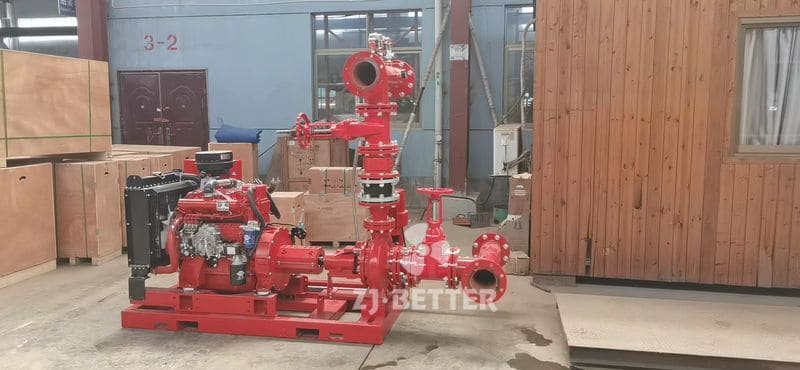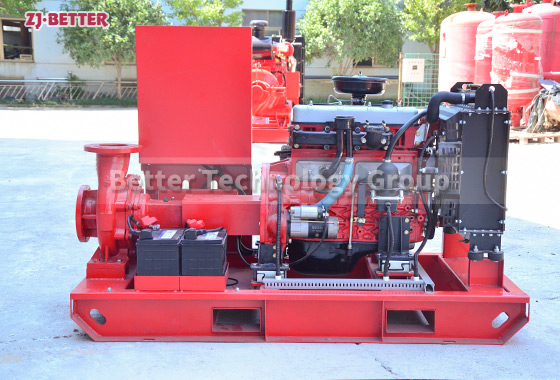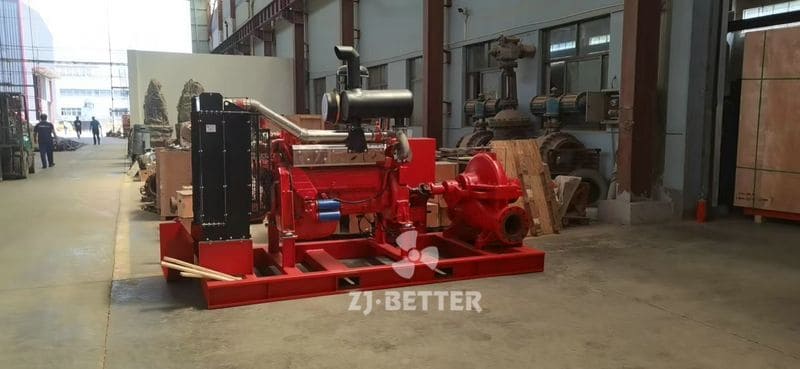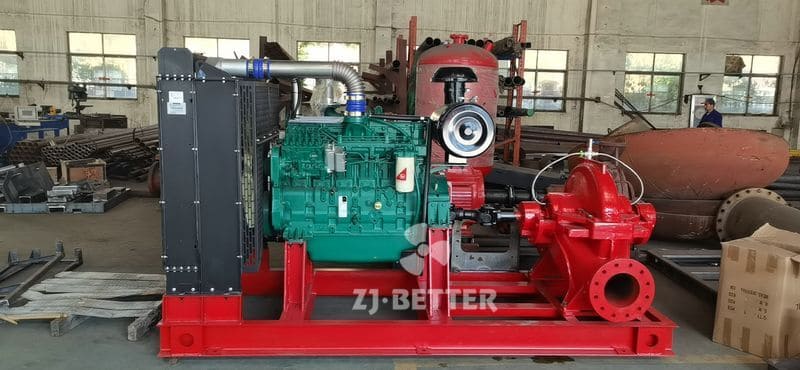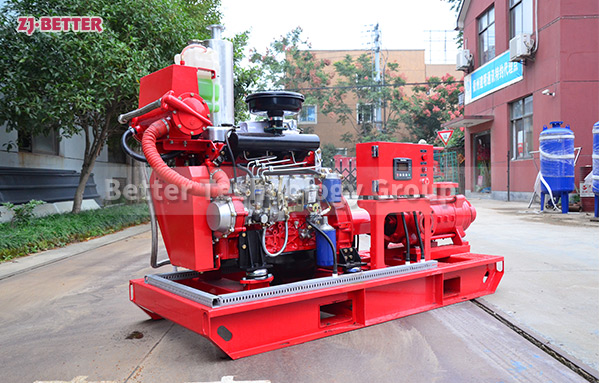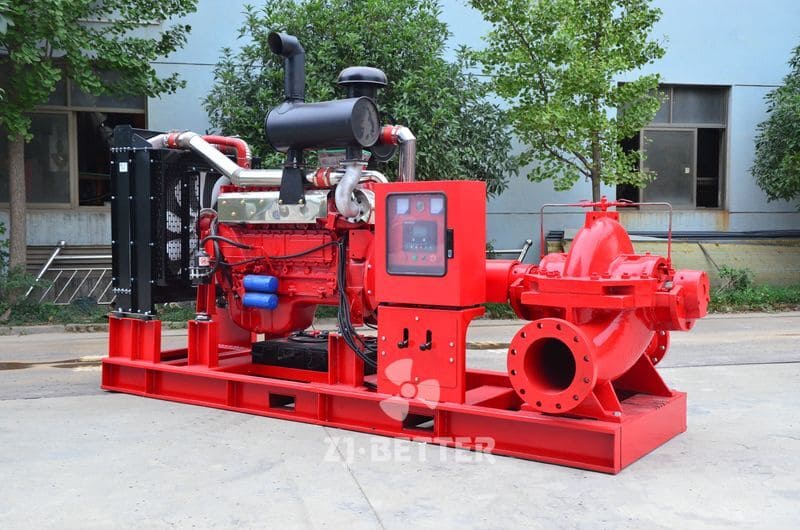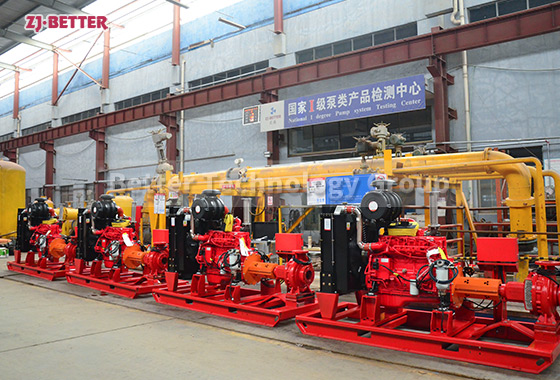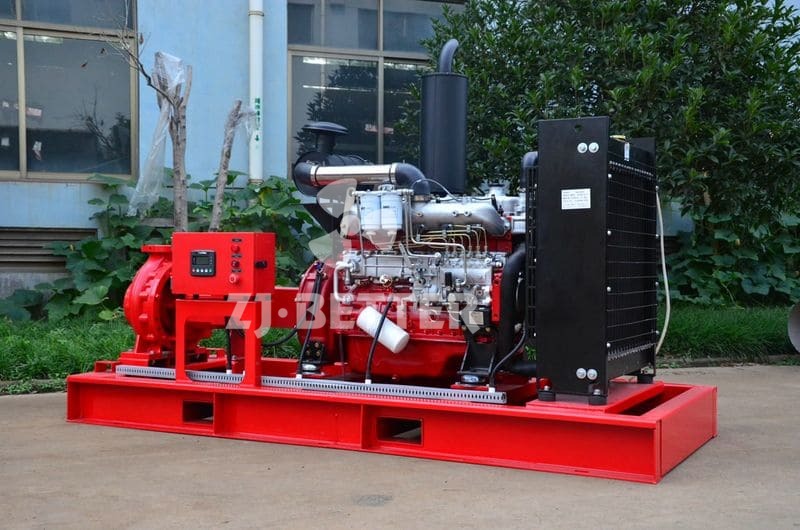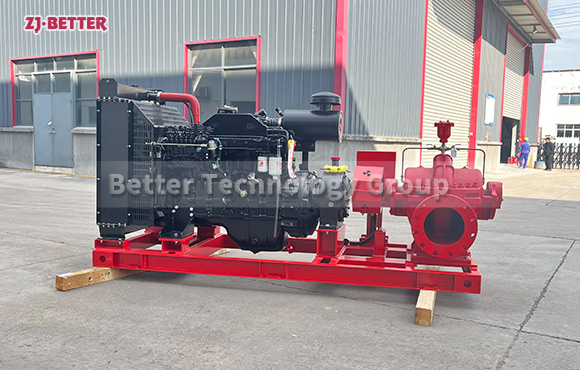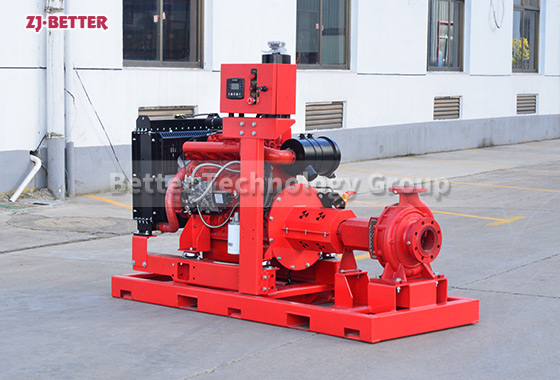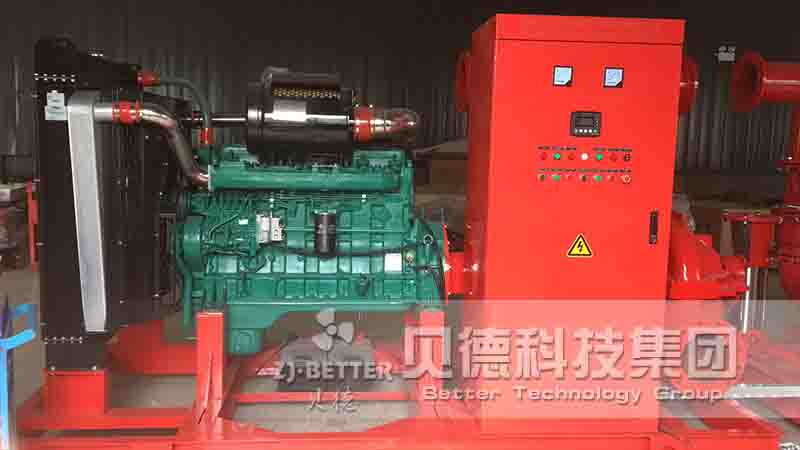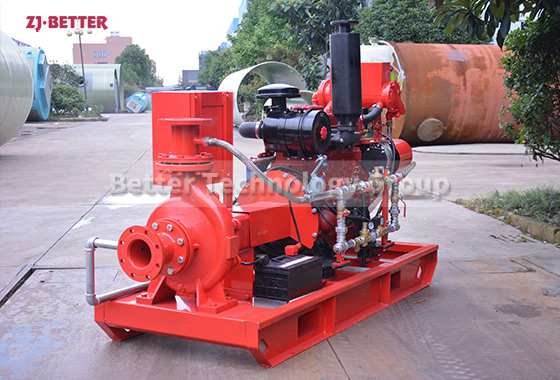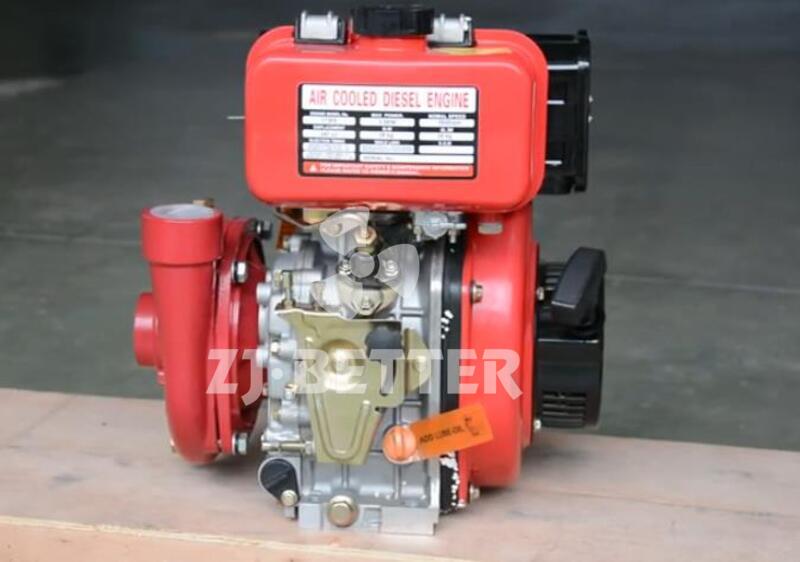Application Introduction Of OTS Diesel Engine Fire Pump
Diesel engine fire pump, as a fixed fire extinguishing equipment, has been widely used in fire diversion, especially in the case of no power supply or abnormal power supply and other emergencies, other diesel engines can also be equipped as power engines according to the needs of users.
Diesel engine fire pumps have been widely used in fire diversion as fixed fire extinguishing equipment, especially in the case of sudden fire water supply such as lack of power supply or abnormal power supply, fire pump, connecting device, fuel tank, radiator, battery pack, intelligent automatic control screen, etc. Diesel engine fire pump products have the characteristics of leading technology, high degree of automation, excellent performance protection function, reasonable structure, simple installation and high cost performance. At the same time, in order to meet the different needs of users and reasonable investment, the products are divided into fire pumps, industrial emergency pumps, agricultural pumps, marine pumps, trailer-type mobile water pump stations and other application series, which can be used together with electric fire pumps.

